It's totally understandable if you're not familiar with the differences between the ESP32, Arduino, and Raspberry Pi Pico. We're here to help! This detailed analysis will walk you through the strengths and weaknesses of each platform and guide you in choosing the best one for your specific needs.
ESP32

Overview
The ESP32 is an amazing microcontroller with built-in Wi-Fi and Bluetooth capabilities. Developed by the talented folks at Espressif Systems, this little powerhouse has quickly become a popular choice for IoT (Internet of Things) projects due to its excellent connectivity features and reliable performance.
Key Features
-
Dual-Core Processor:
The ESP32 features a dual-core Tensilica LX6 microprocessor with clock speeds of up to 240 MHz, making it suitable for tasks that require significant processing power. -
Connectivity:
One of the standout features of the ESP32 is its integrated Wi-Fi and Bluetooth (supporting both Classic and BLE), making it ideal for projects requiring wireless communication. -
Memory:
It offers up to 520 KB of RAM and up to 4 MB of flash memory, supporting complex applications with ease. -
GPIO Pins:
The ESP32 provides a rich set of GPIO pins, which can interface with various peripherals like sensors, displays, and more. -
Power Management:
It includes features for low-power operation, making it suitable for battery-powered applications.
Pros
-
High Performance:
The dual-core processor and ample memory enable it to handle demanding tasks efficiently. -
Versatile Connectivity:
Built-in Wi-Fi and Bluetooth expand its potential use cases significantly. -
Cost-Effective:
Despite its advanced features, the ESP32 remains affordable.
Cons
-
Complexity:
Its advanced features can make it more challenging for beginners to use. -
Power Consumption:
Although it offers low-power modes, the ESP32 can consume more power than simpler microcontrollers.
What is the ESP32 used for?
The ESP32 is a versatile, low-cost microcontroller that includes built-in Wi-Fi and Bluetooth capabilities. It's widely used in various applications, thanks to its flexibility and functionality. Here are some common uses of the ESP32:
- IoT Applications: The ESP32 is popular in the Internet of Things (IoT) space, where it can connect devices to the internet to collect and send data.
- Home Automation: It can control smart home devices like lights, thermostats, and security cameras, often integrating with platforms like Home Assistant or OpenHAB.
- Wearable Devices: The Bluetooth capabilities make it suitable for creating wearable technology, such as fitness trackers or health monitors.
- Sensor Networks: ESP32 can be used in projects that require multiple sensors, such as environmental monitoring, smart agriculture, or weather stations.
- Robotics: It can be integrated into robotic systems for remote control or automation, utilizing both Wi-Fi and Bluetooth for connectivity.
- Prototyping and Development: Due to its ease of use and extensive library support, the ESP32 is often used for prototyping new electronics projects or learning about microcontroller programming.
- Audio Projects: With its DAC (digital-to-analog converter), it can be employed in audio applications, such as streaming audio over the network.
- Data Logging: The ESP32 can log data from various sensors to an SD card or send it to the cloud for analysis.
Arduino

Overview
Arduino is a well-known platform in the maker community, and it's easy to see why! It is famous for its simplicity and ease of use, making it perfect for beginners and hobbyists. With a complete ecosystem that includes both hardware (various boards) and software (Arduino IDE), it provides everything needed to get started.
Key Features
-
Variety of Boards:
Arduino offers a wide range of boards, from the beginner-friendly Arduino Uno to more advanced models like the Arduino Mega and Arduino Due. -
Ease of Use:
The Arduino IDE is user-friendly, and extensive community support makes it easy to find tutorials and troubleshooting help. -
Analog and Digital I/O:
Arduino boards include a mix of analog and digital I/O pins, allowing compatibility with various sensors, actuators, and other components. -
Libraries:
A vast collection of libraries simplifies the integration of different modules, such as sensors, displays, and motors.
Pros
-
Beginner-Friendly:
Easy to learn and use, with a large community and abundant learning resources. -
Wide Range of Boards:
Options are available to suit different complexity levels and power requirements. -
Extensive Documentation:
Comprehensive tutorials, guides, and forums provide valuable support.
Cons
-
Limited Processing Power:
Compared to more powerful platforms like the ESP32 or Raspberry Pi Pico, most Arduino boards have lower processing capabilities. -
No Built-In Connectivity:
Most Arduino boards lack built-in Wi-Fi or Bluetooth, requiring additional modules for wireless communication.
What is the Arduino used for?
-
Learning Electronics & Programming
- Great for beginners, students, and hobbyists
- Teaches basics of circuits and code (like C/C++)
-
Prototyping Projects Quickly
- Used by engineers and makers to test ideas before building final products
-
DIY Projects & Home Automation
- Build your own smart lights, alarms, thermostats, plant watering systems, etc.
-
Robotics & Automation
- Control motors, sensors, and servos for robots, drones, 3D printers, etc.
-
Art & Interactive Installations
- Used in media art to make interactive sculptures or light/sound-based artworks
-
Sensor Data Collection (IoT)
- Read temperature, humidity, motion, etc., and log or send the data online
Raspberry Pi Pico

The Raspberry Pi Pico is a microcontroller board based on the RP2040 chip, developed by the talented team at the Raspberry Pi Foundation. It offers an excellent balance between performance and cost, making it a strong contender in the microcontroller market.
Key Features
-
Dual-Core Processor:
The RP2040 chip features a dual-core ARM Cortex-M0+ processor, with clock speeds of up to 133 MHz. -
Programmable I/O (PIO):
The PIO subsystem allows for flexible handling of various peripherals, offering advanced control over I/O functions. -
Memory:
It includes 264 KB of SRAM and supports up to 16 MB of external flash memory, ensuring efficient handling of applications. -
GPIO Pins:
The Pico features 26 multi-function GPIO pins, suitable for a wide range of use cases.
Pros
-
Cost-Effective:
Typically more affordable than both the ESP32 and many Arduino boards. -
Good Performance:
The dual-core processor offers an excellent balance between processing power and efficiency. -
Flexible I/O:
The PIO subsystem provides significant flexibility when working with various peripherals.
Cons
-
No Built-In Connectivity:
Like most Arduino boards, the Pico lacks built-in Wi-Fi or Bluetooth, requiring additional modules for wireless communication. -
Less Community Support:
While the community is growing, it still lacks the extensive resources and support found in the Arduino ecosystem.
What can you use the Raspberry Pi Pico for?
Here are some of the most popular uses:
1. Learning Electronics & Programming
- Great for beginners!
- You can program it in MicroPython or C/C++
- Teaches how to work with circuits and sensors
2. DIY Projects
- Light up LEDs
- Read data from temperature, motion, or light sensors
- Build simple gadgets like:
- Digital thermometer
- Motion-activated light
- Smart plant watering system
- Custom game controller
3. Robotics & Automation
- Control motors, servos, buzzers
- Use it for mini robots, obstacle avoiders, or line followers
- Can be part of home automation (like a garage door opener)
4. Internet of Things (IoT) (with add-ons)
- The Pico doesn’t have Wi-Fi by default, but if you use the Pico W (wireless version), you can:
- Send sensor data to the cloud
- Control things remotely via the internet
- Make smart home devices
5. Games & Fun Gadgets
- Make a simple handheld game
- Build an LED dice roller
- Custom USB input devices (like a macro keyboard)
Conclusion
Choosing the right microcontroller depends on the specific needs of your project:
- ESP32: Ideal for advanced projects that require wireless communication and high processing power.
- Arduino: Perfect for beginners, educational purposes, and simple electronics projects.
- Raspberry Pi Pico: Best suited for cost-effective, performance-oriented projects with flexible I/O requirements.
| Feature | ESP32 | Arduino Uno | Raspberry Pi Pico |
| Processor | Dual-core Tensilica LX6, up to 240 MHz | ATmega328P, 16 MHz | Dual-core ARM Cortex-M0+, up to 133 MHz |
| Memory | 520 KB SRAM, up to 4 MB Flash | 2 KB SRAM, 32 KB Flash | 264 KB SRAM, supports up to 16 MB external Flash |
| Connectivity | Built-in Wi-Fi and Bluetooth | No built-in connectivity (requires additional modules) | No built-in connectivity (requires additional modules) |
| GPIO Pins | Rich set of GPIO pins, supports various peripherals | 14 digital I/O pins, 6 analog input pins | 26 multi-function GPIO pins |
| Power Management | Supports low-power modes | No dedicated low-power management | Supports low-power modes |
| Development Environment | Arduino IDE, Espressif IDF, PlatformIO | Arduino IDE | Arduino IDE, MicroPython, C/C++ |
| Price | Relatively affordable | Moderately priced | Low cost |
| Community Support | Extensive community support and resources | Very extensive community support and resources | Growing community support, but not as extensive as Arduino |
| Ideal Projects | Advanced projects requiring wireless communication, such as smart home devices, remote sensors, etc. | Educational projects, simple electronics projects, quick prototyping | Cost-sensitive projects, performance-oriented applications, projects with flexible I/O requirements |
Take a moment to consider what you need from your project, your experience level, and the features that would be most helpful to you. This will help you make the best choice. I hope you have a wonderful time building!

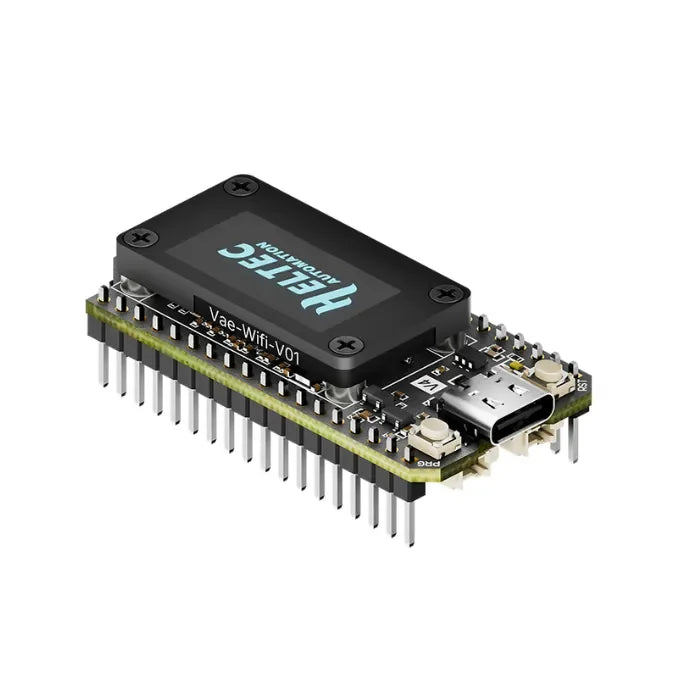
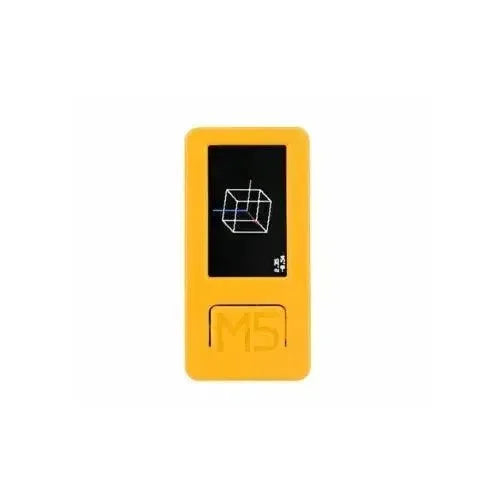
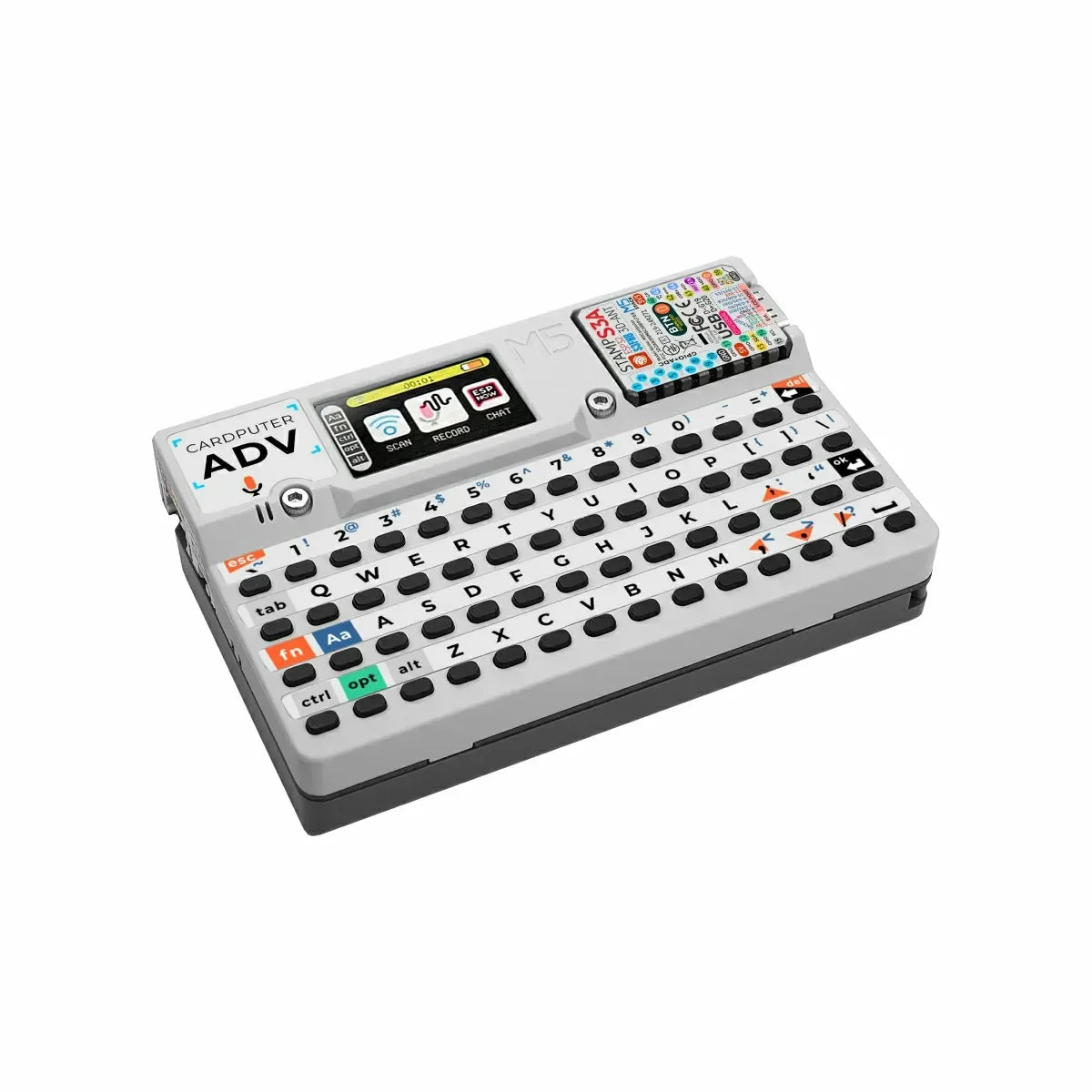
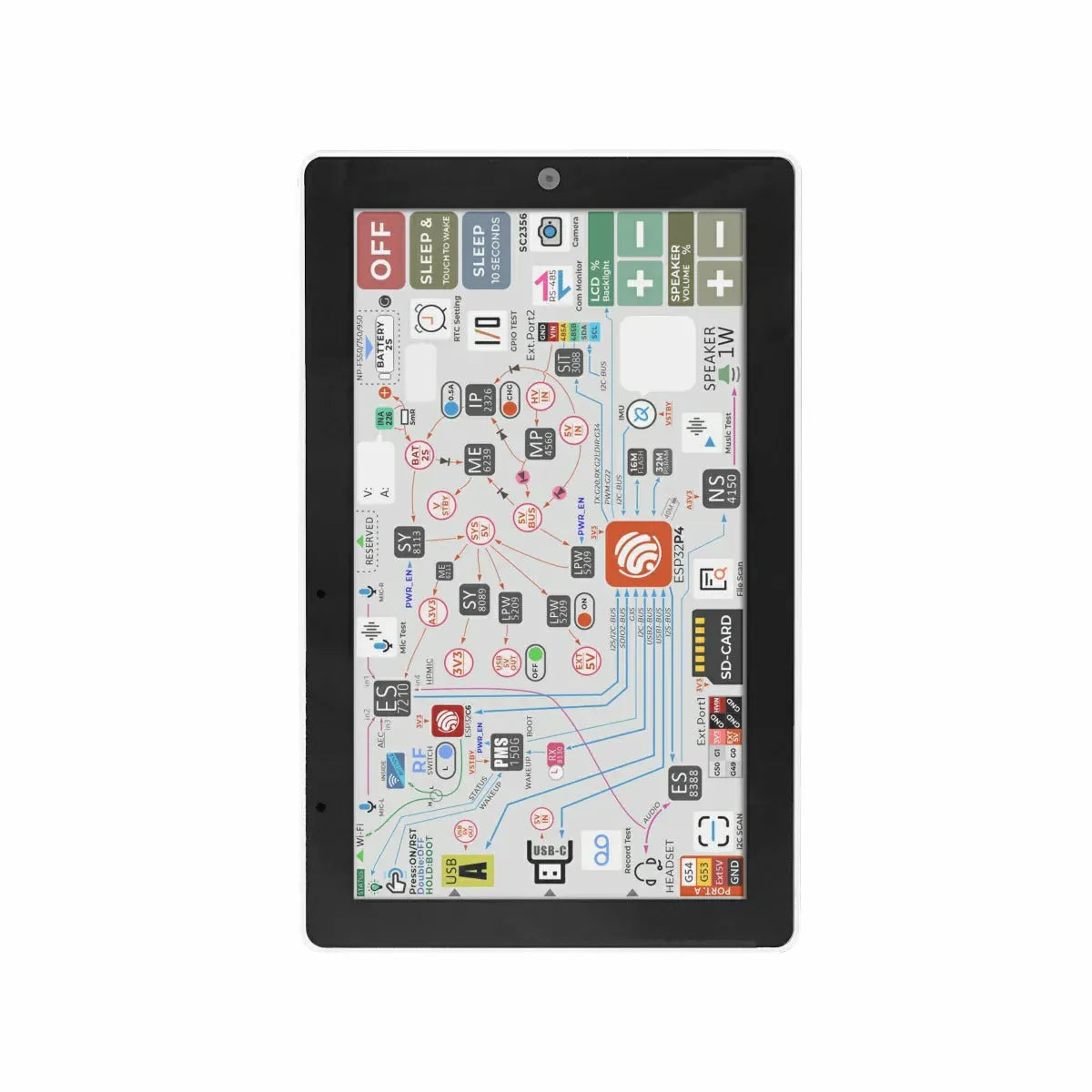
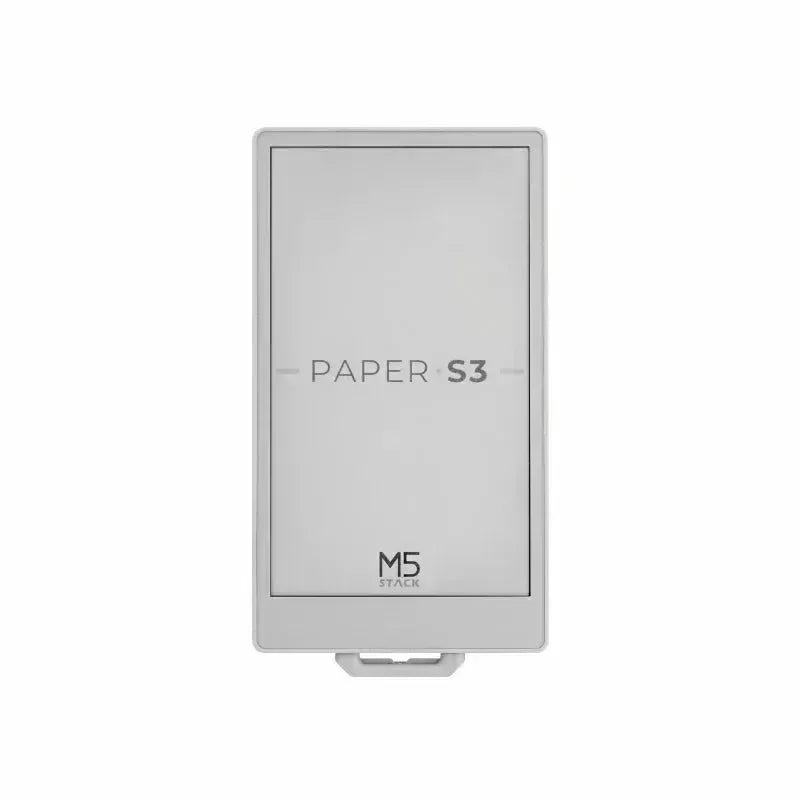


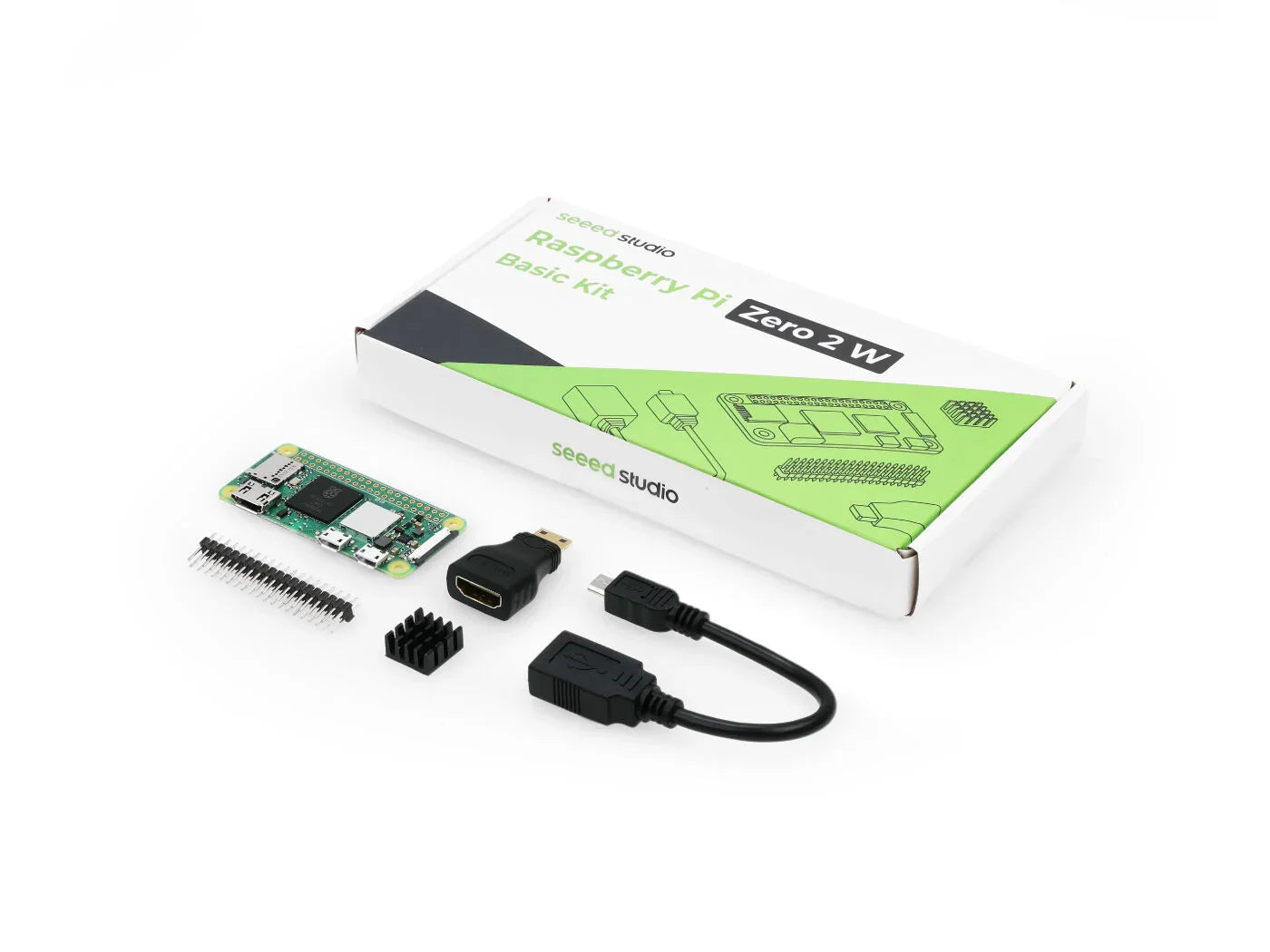








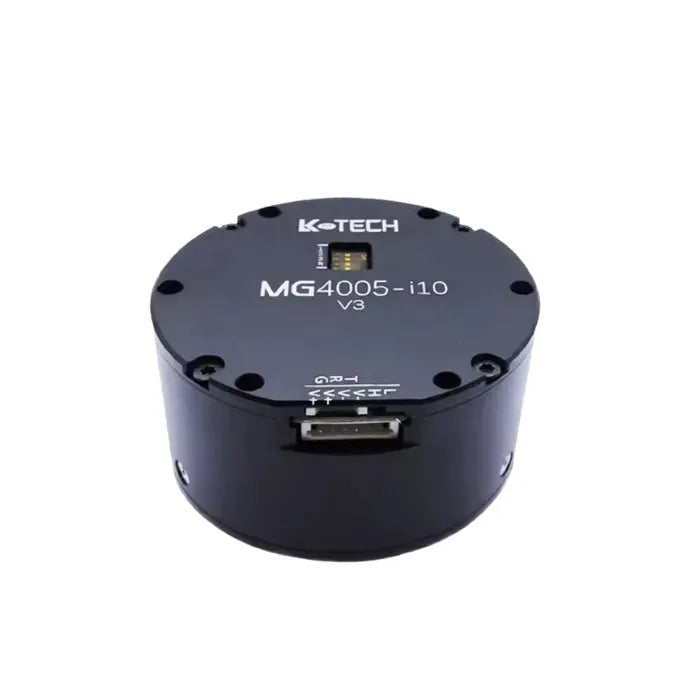












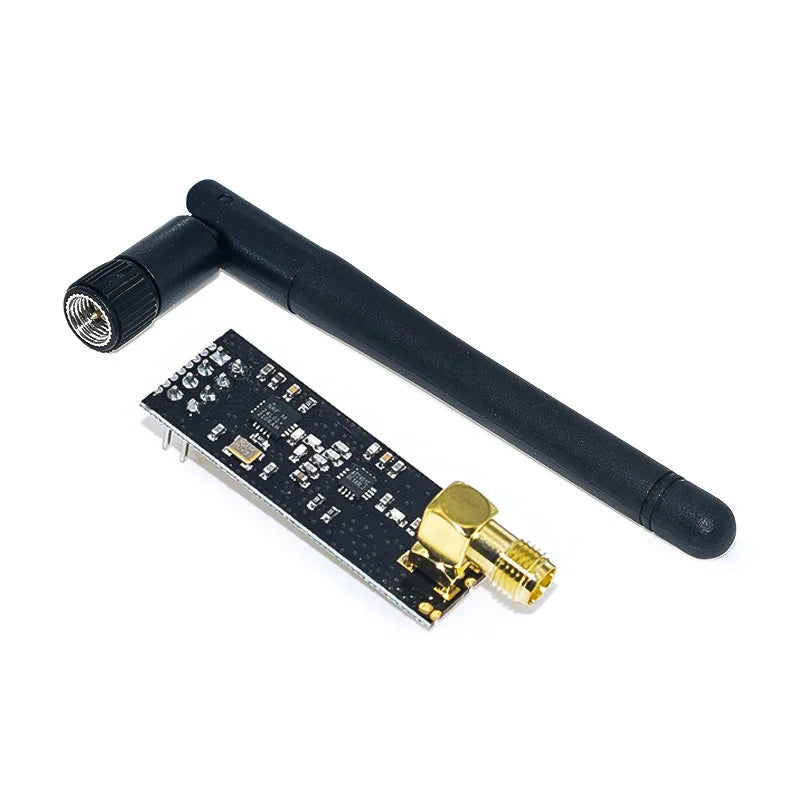
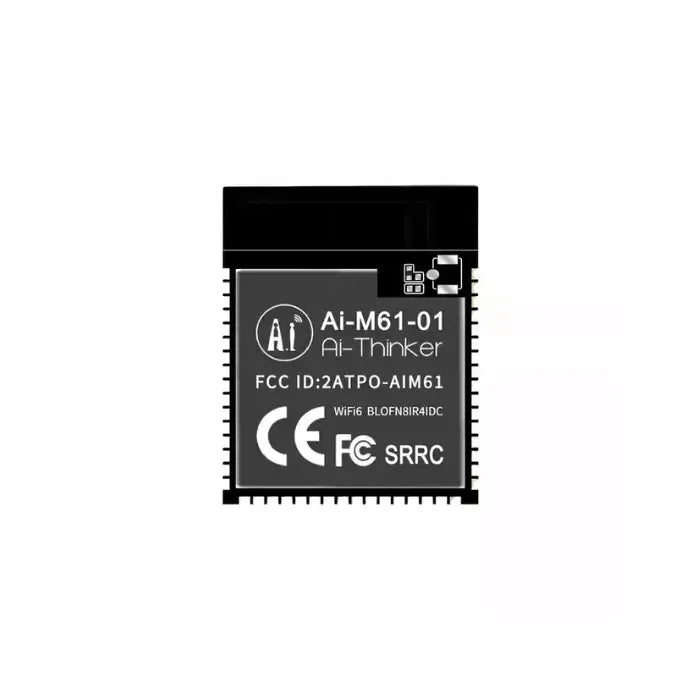



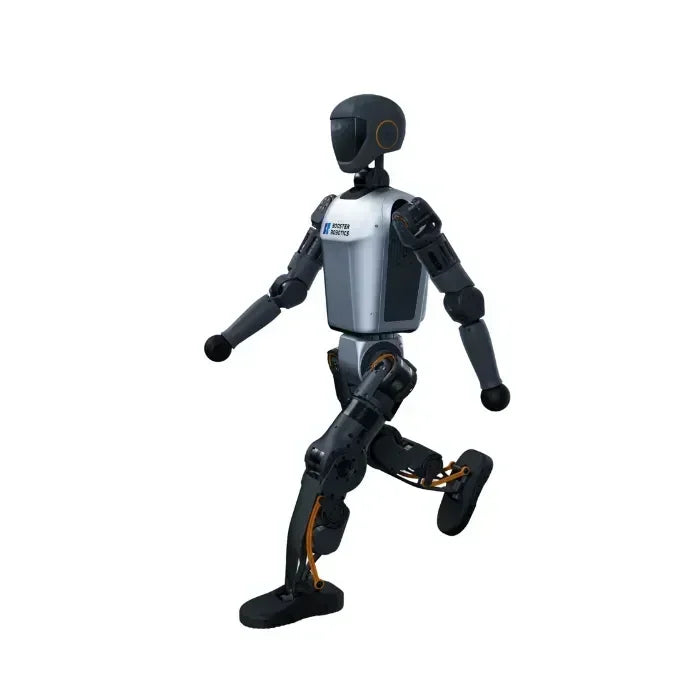
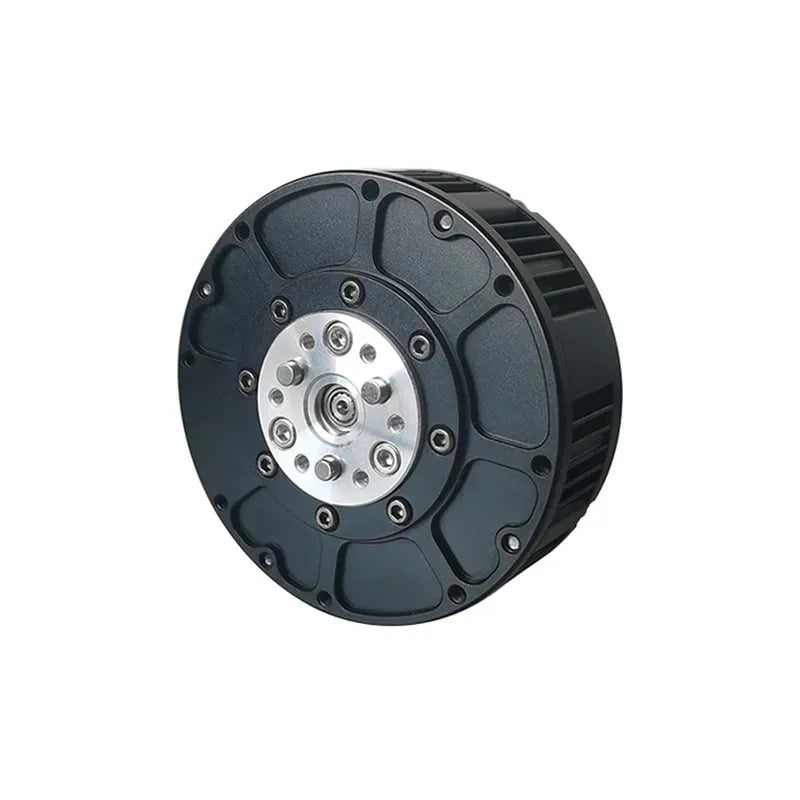
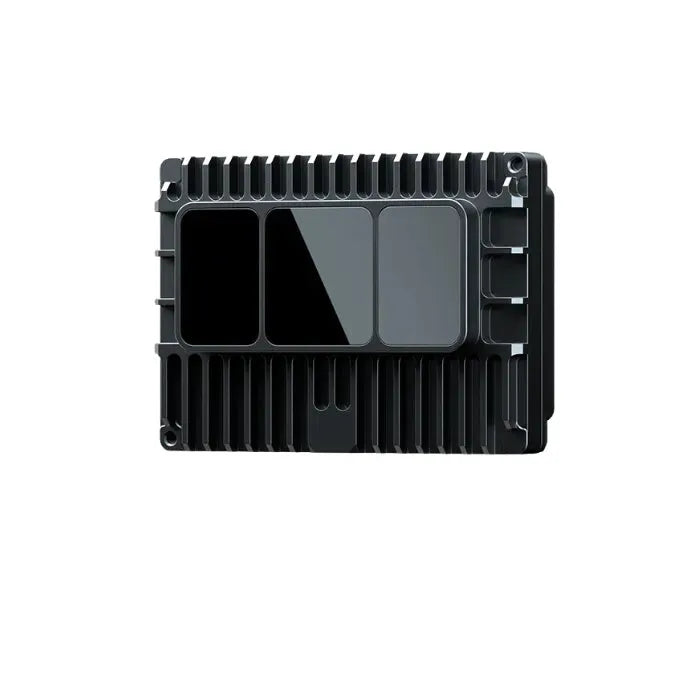
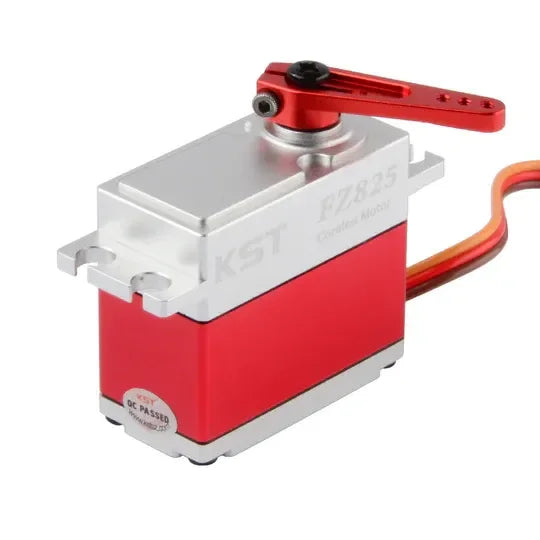
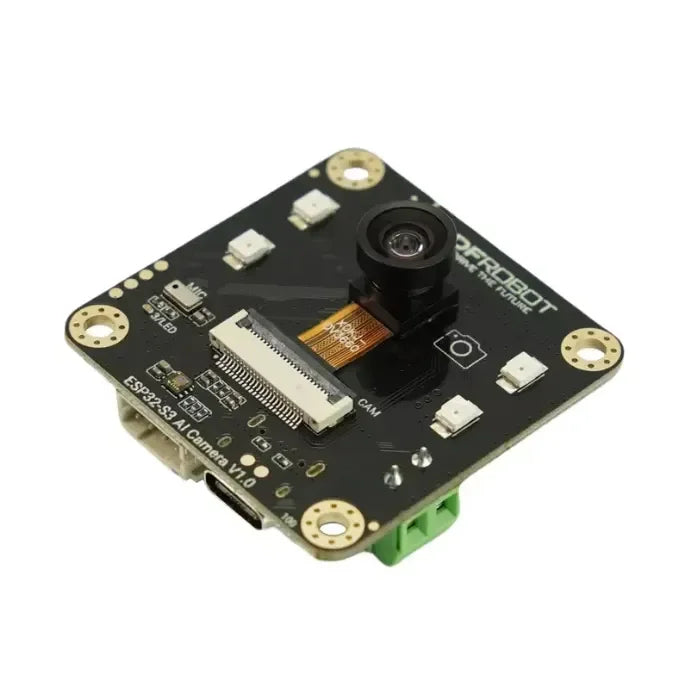
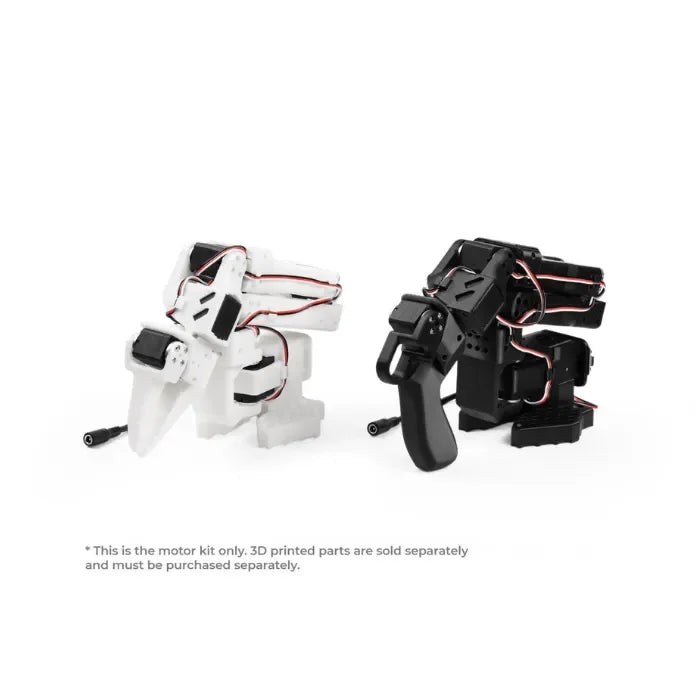


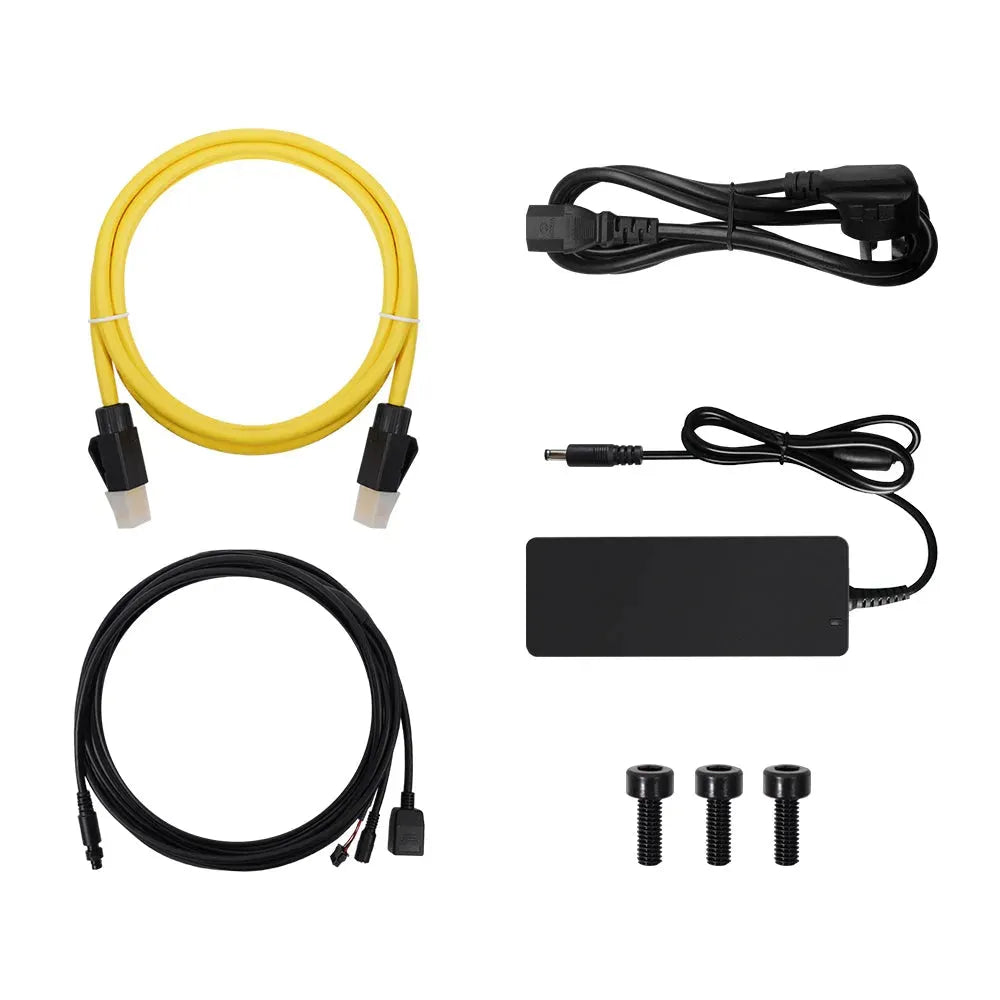
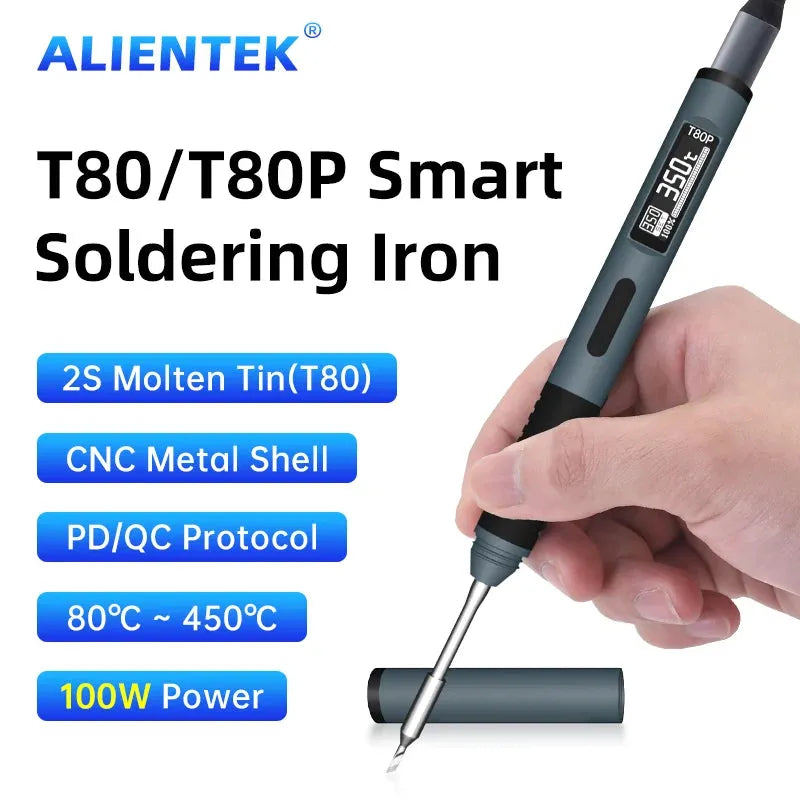

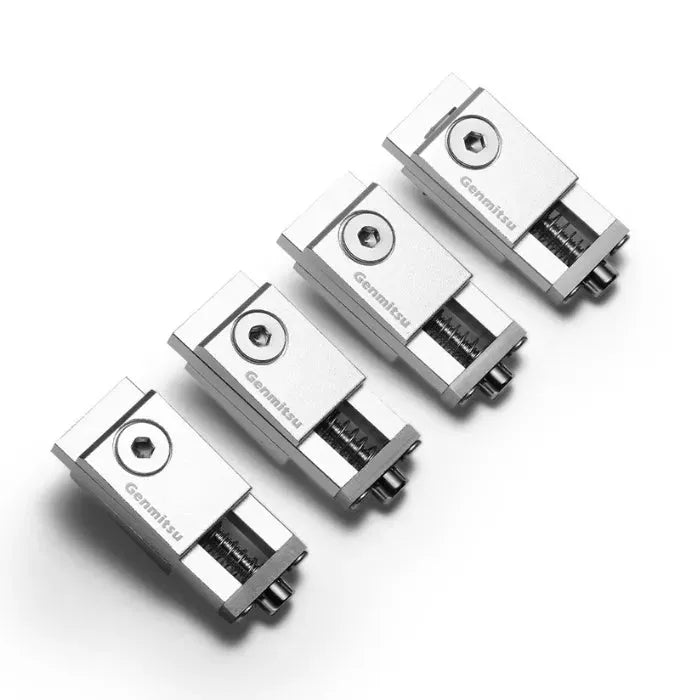
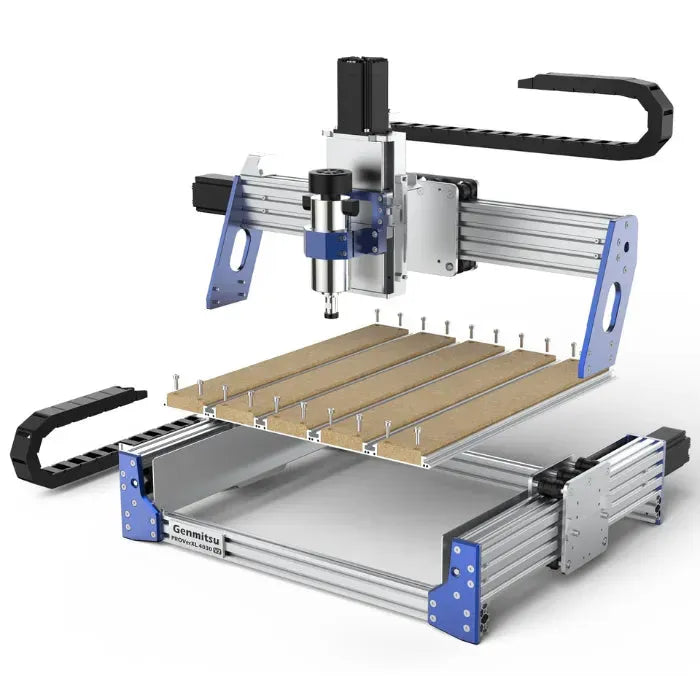
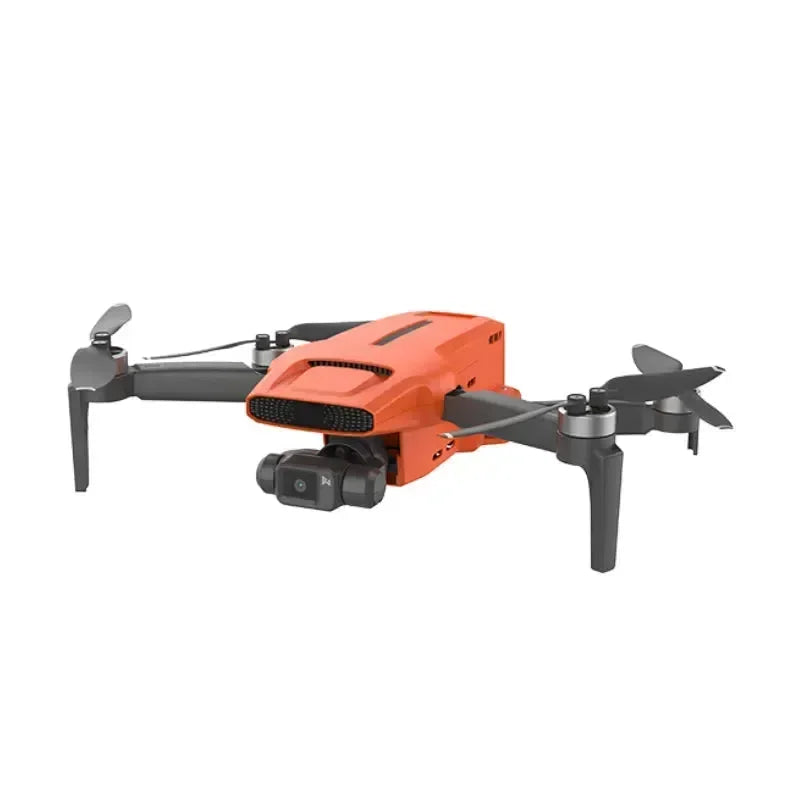







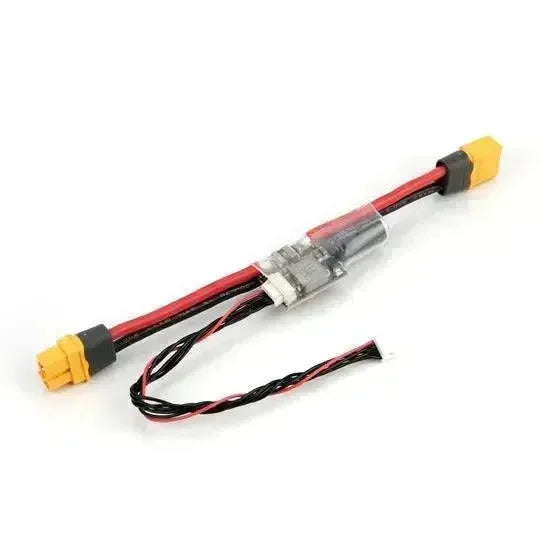



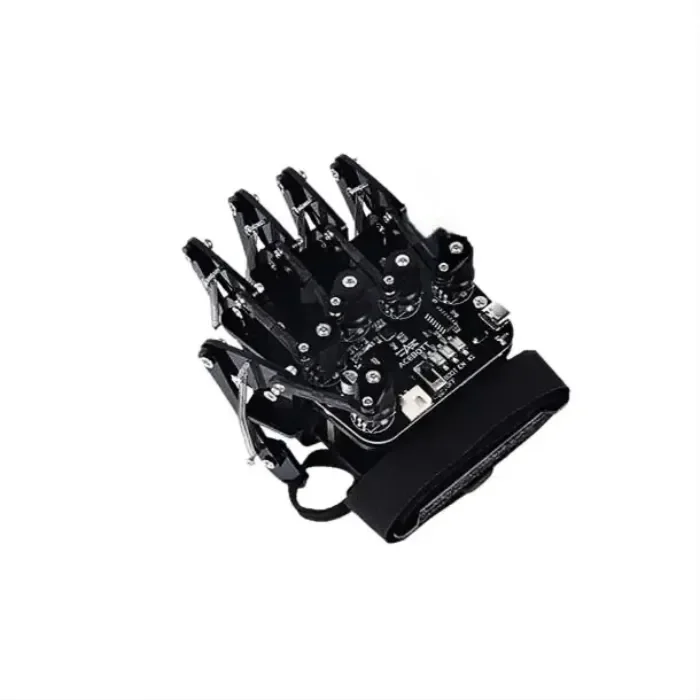


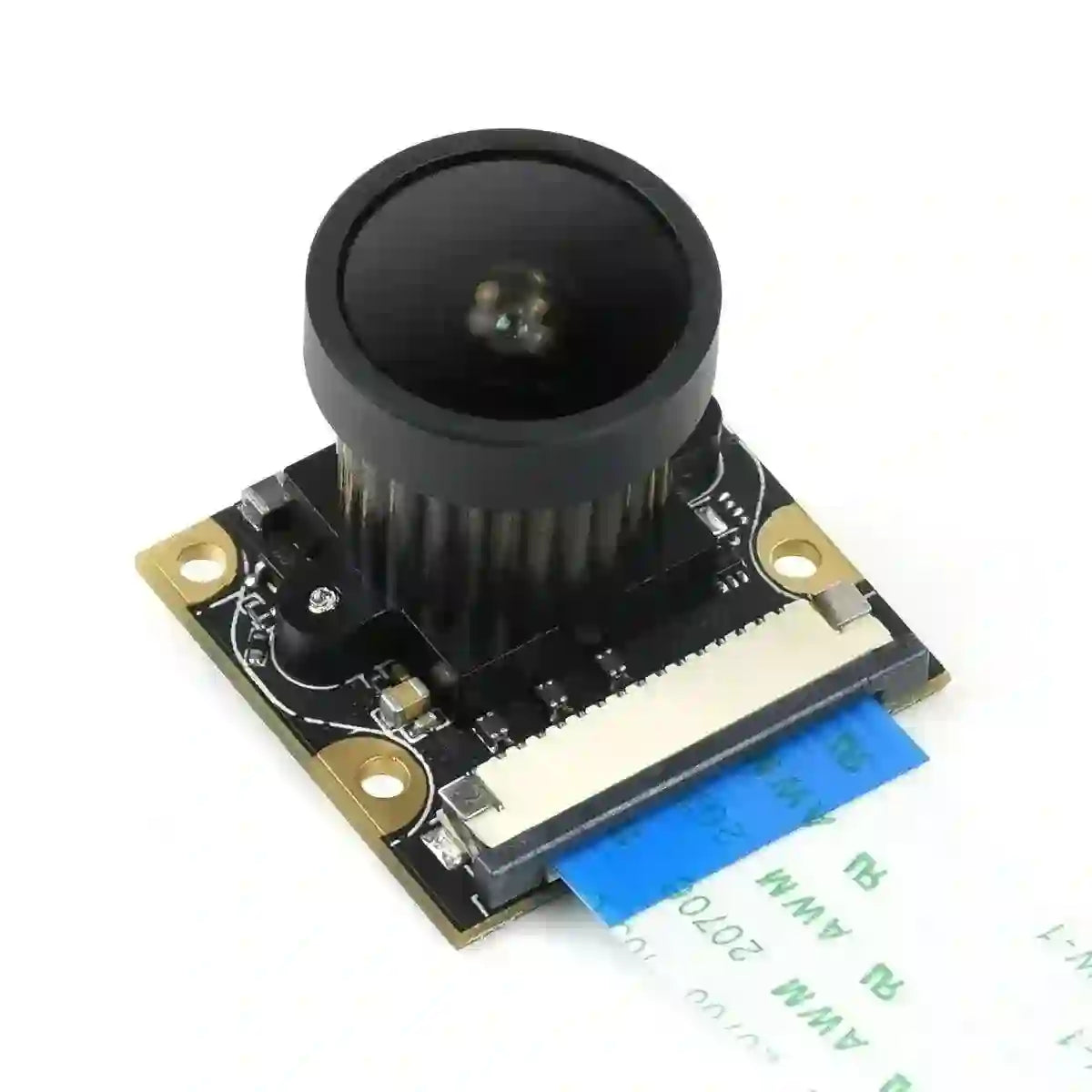






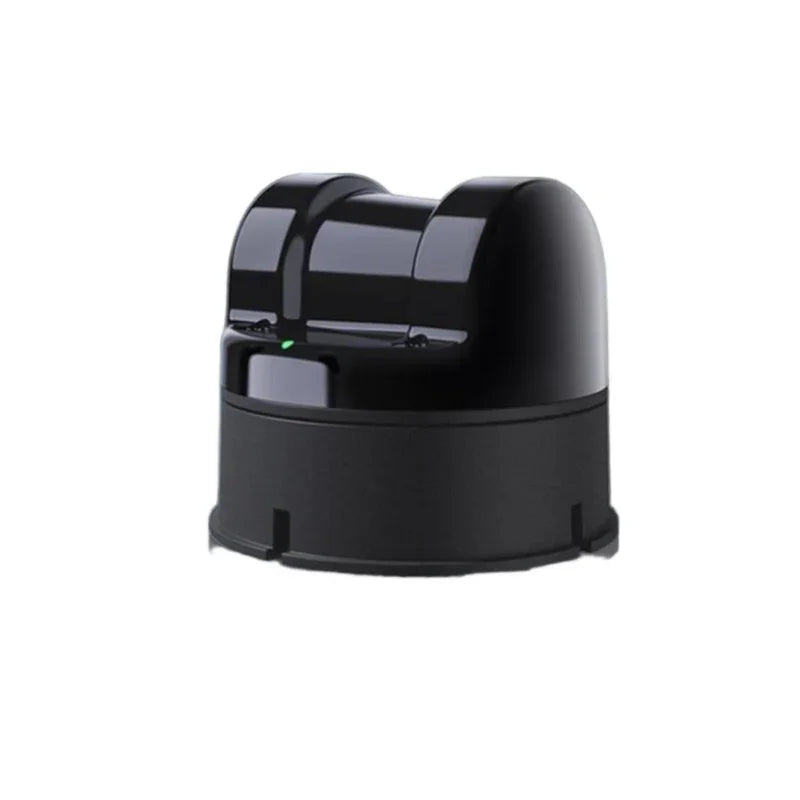
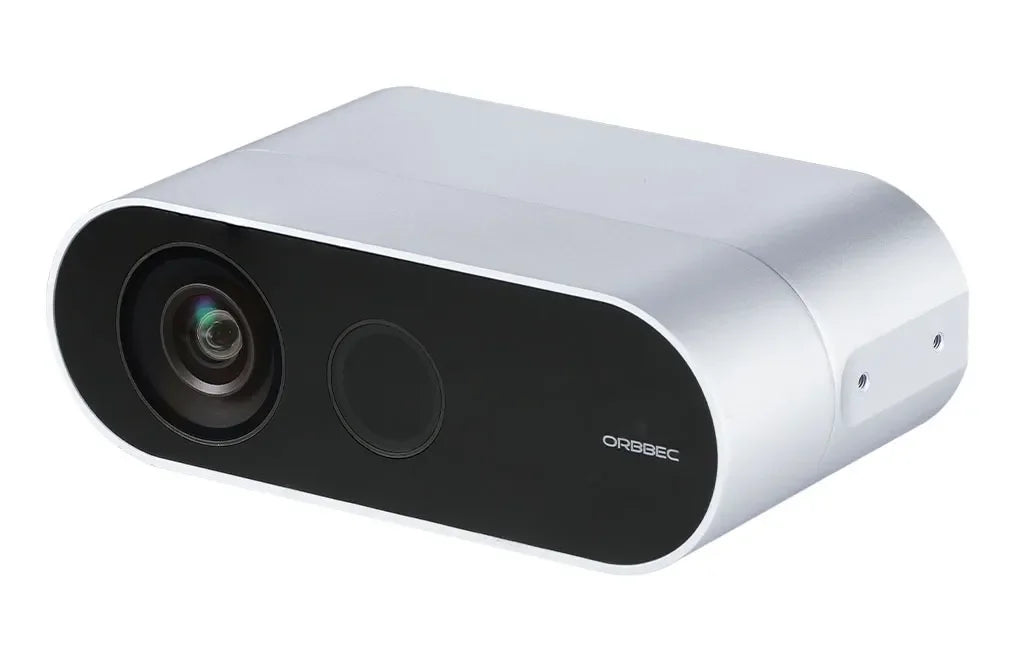
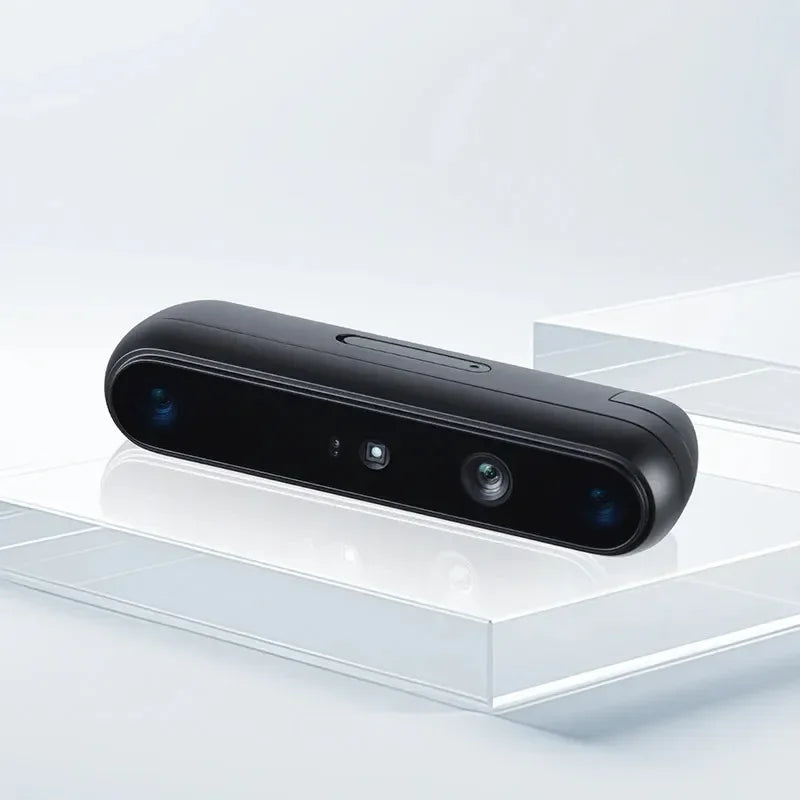

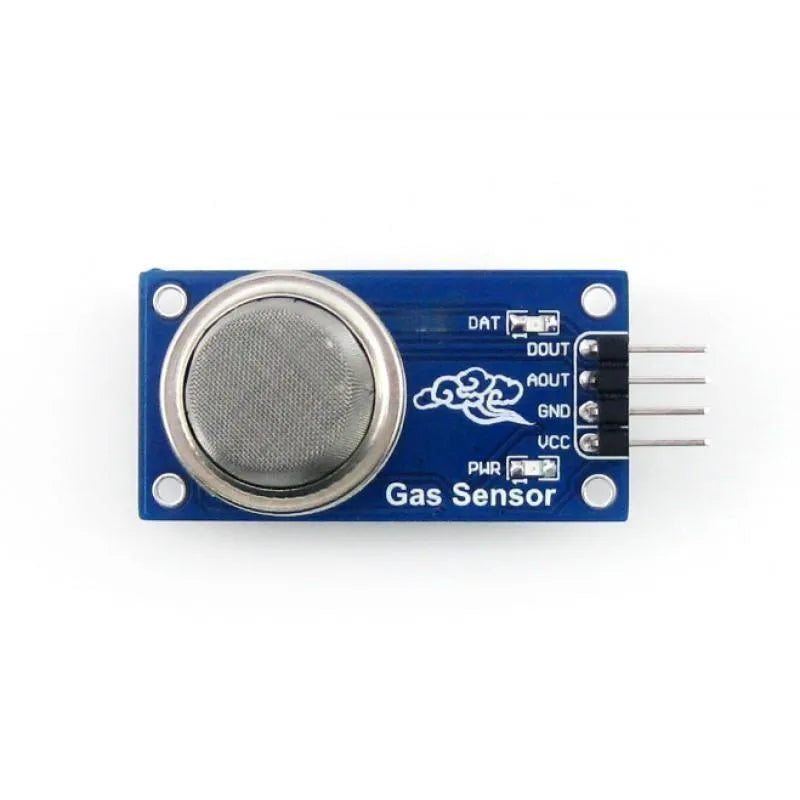


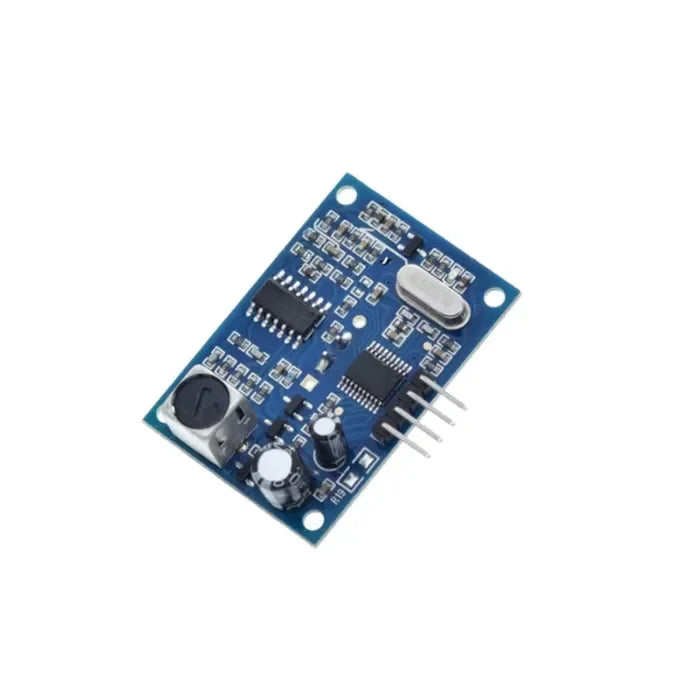



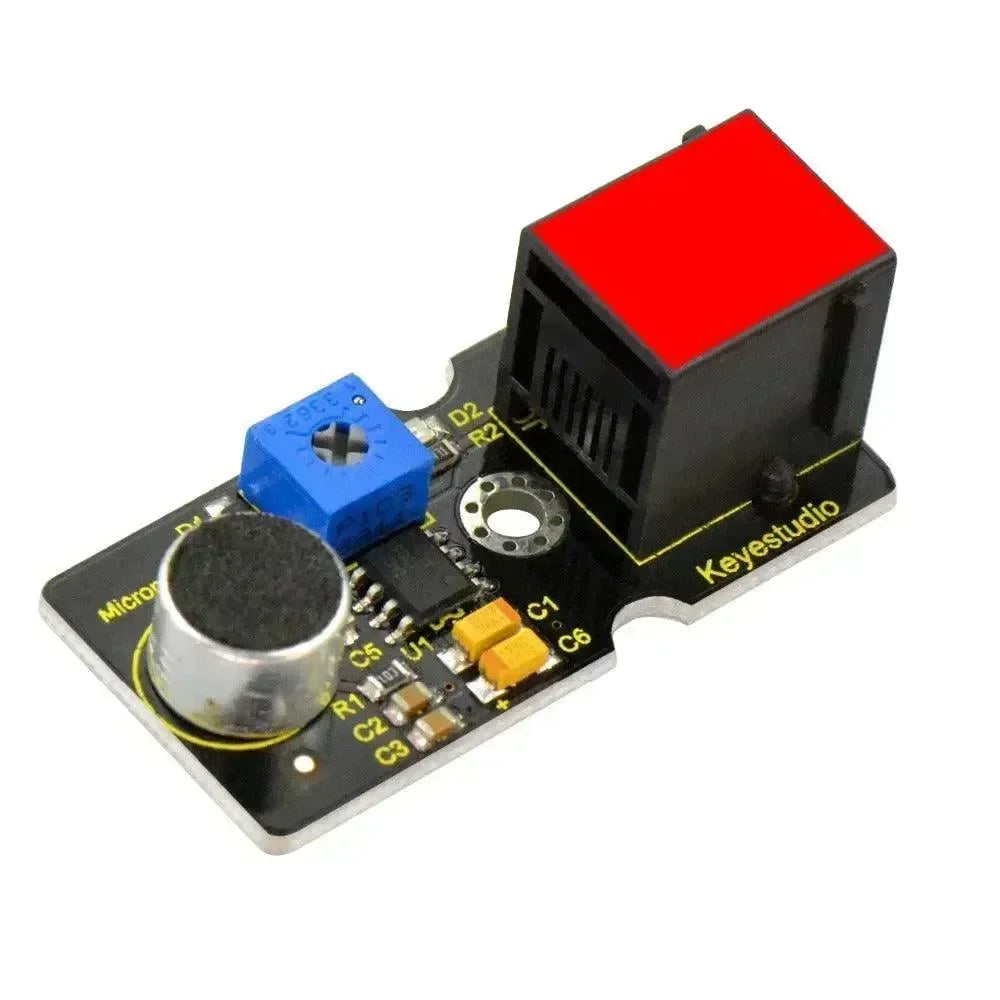


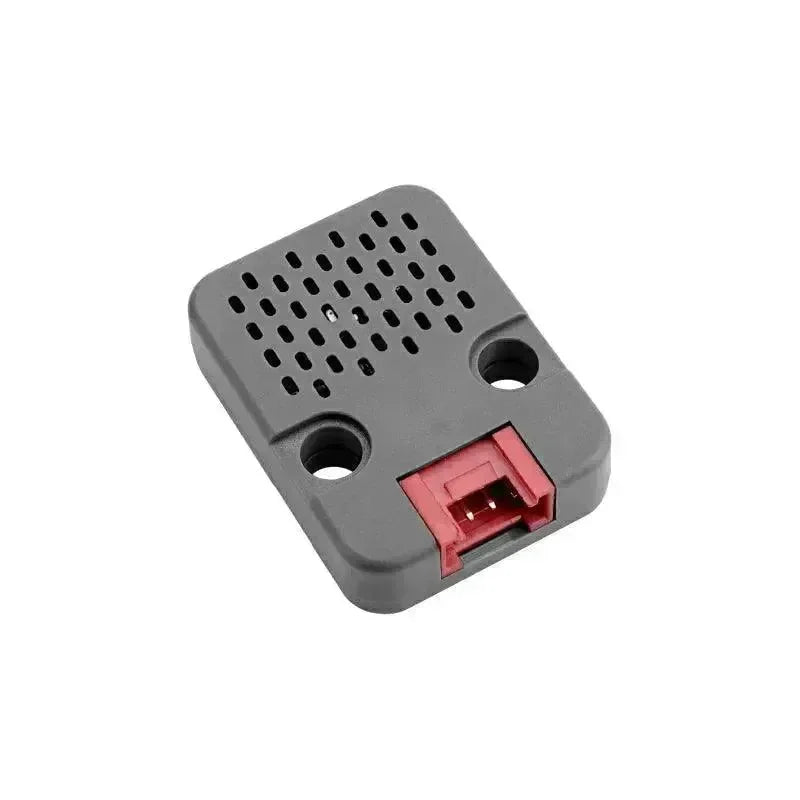
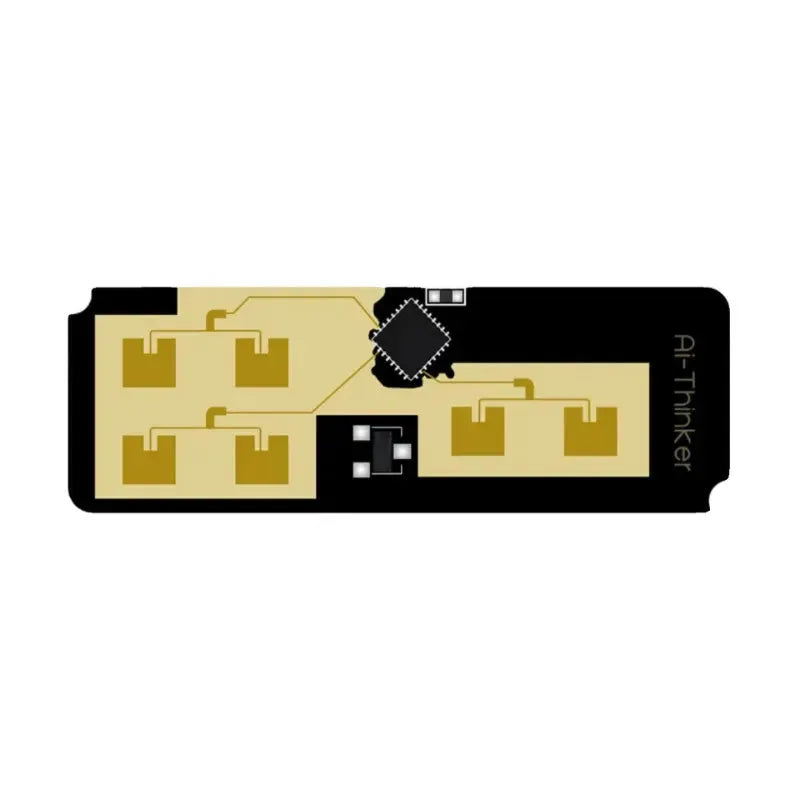
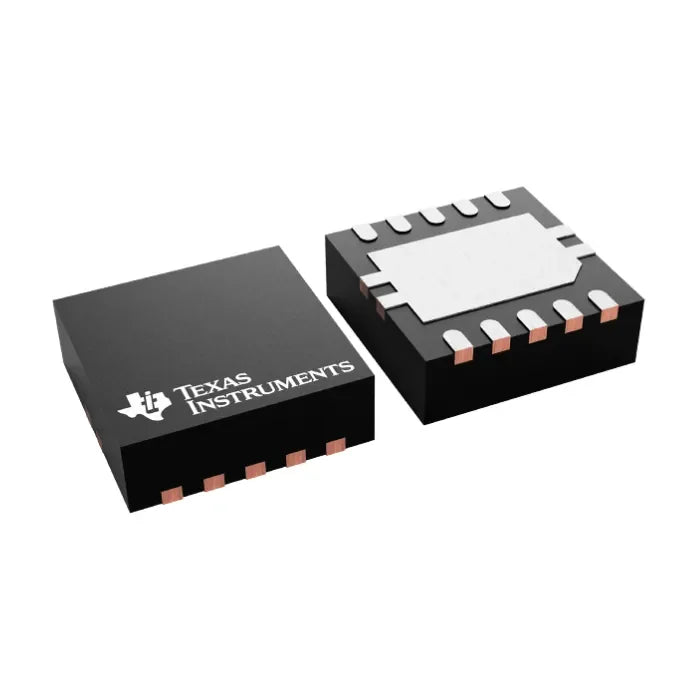
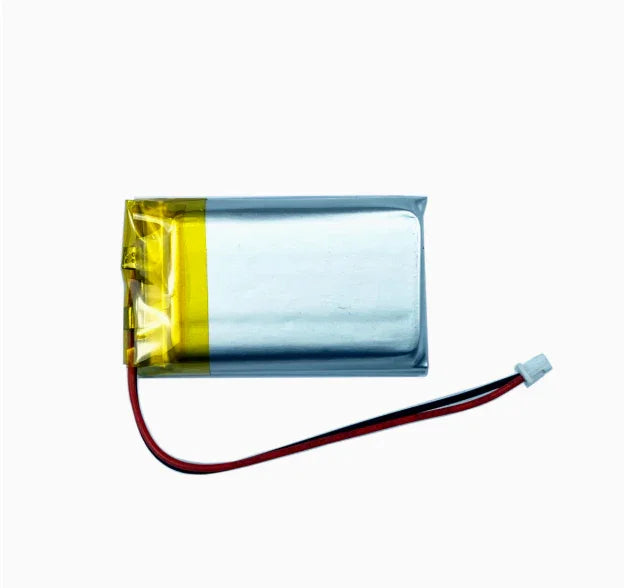
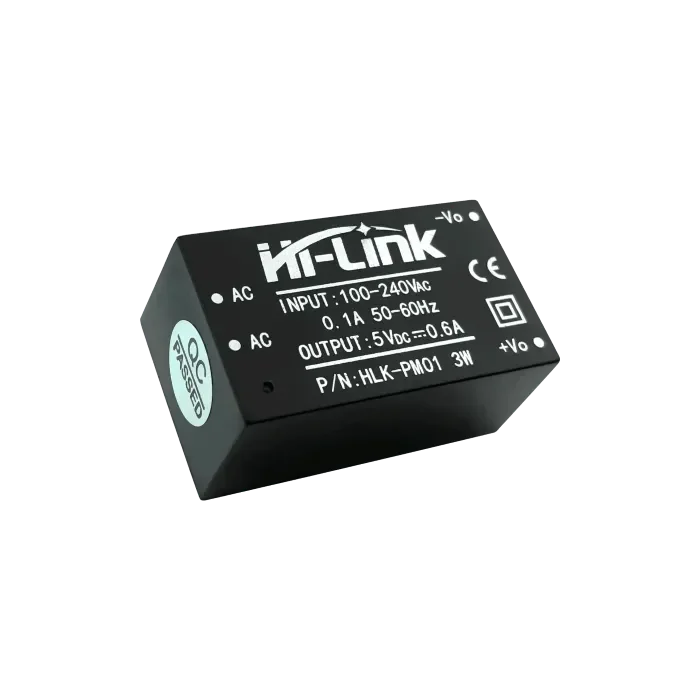


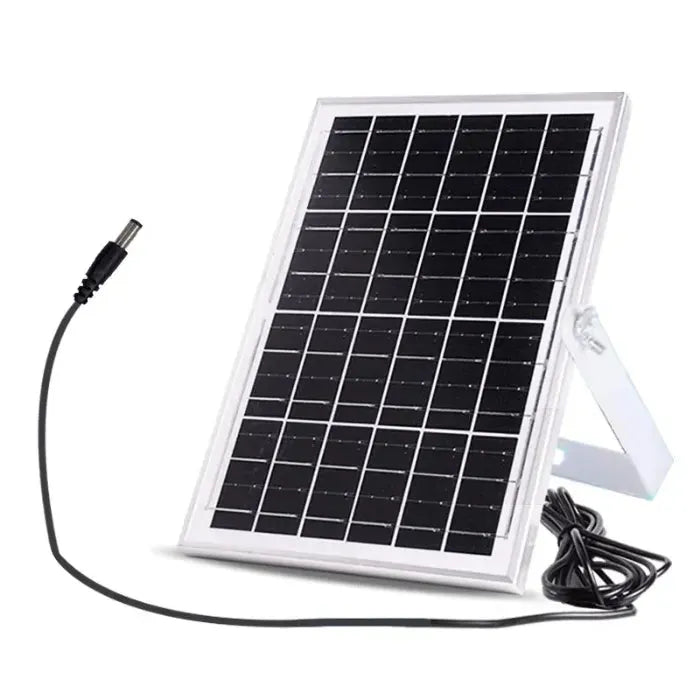
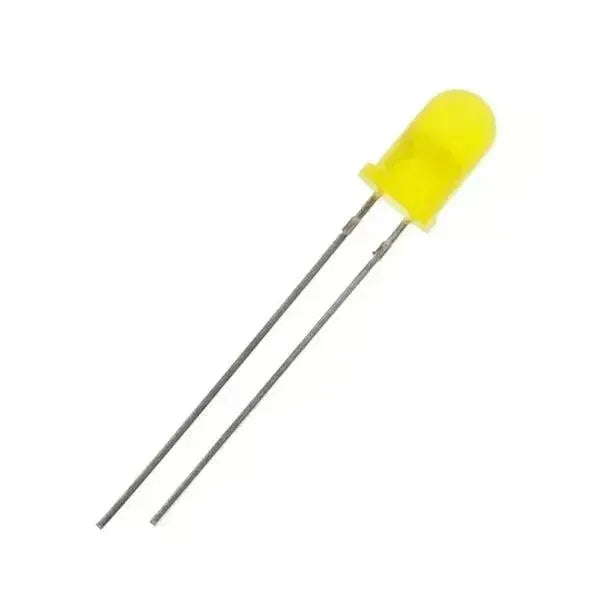


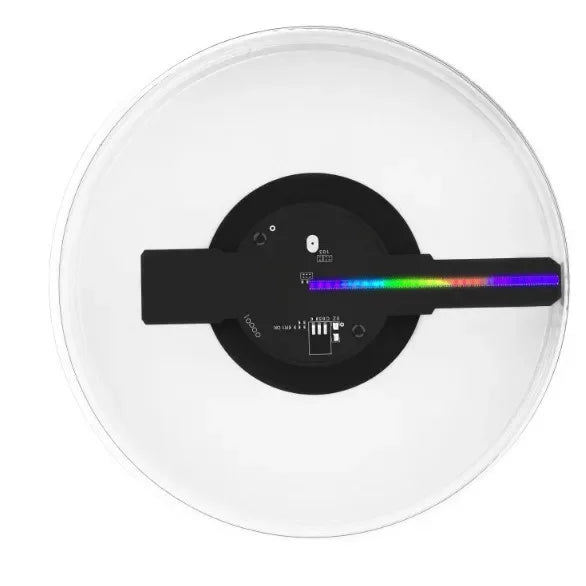
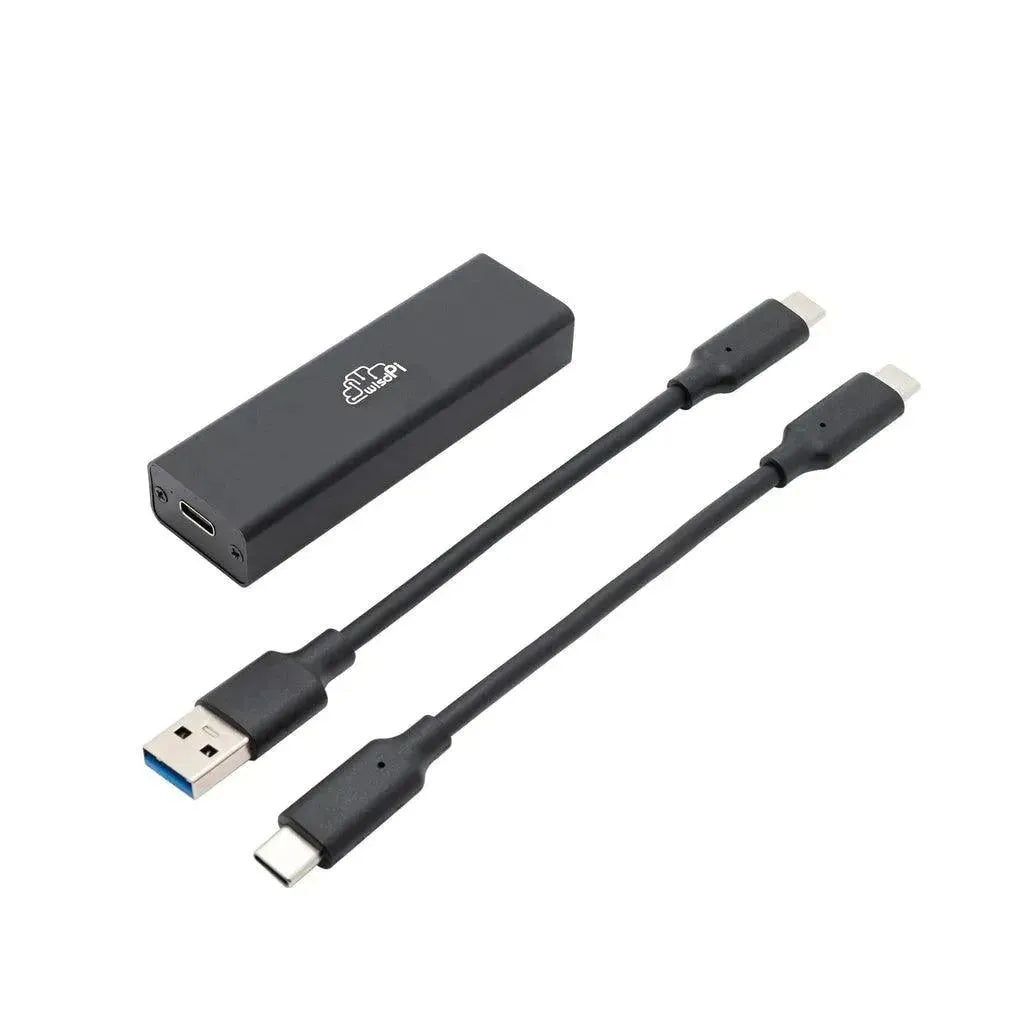
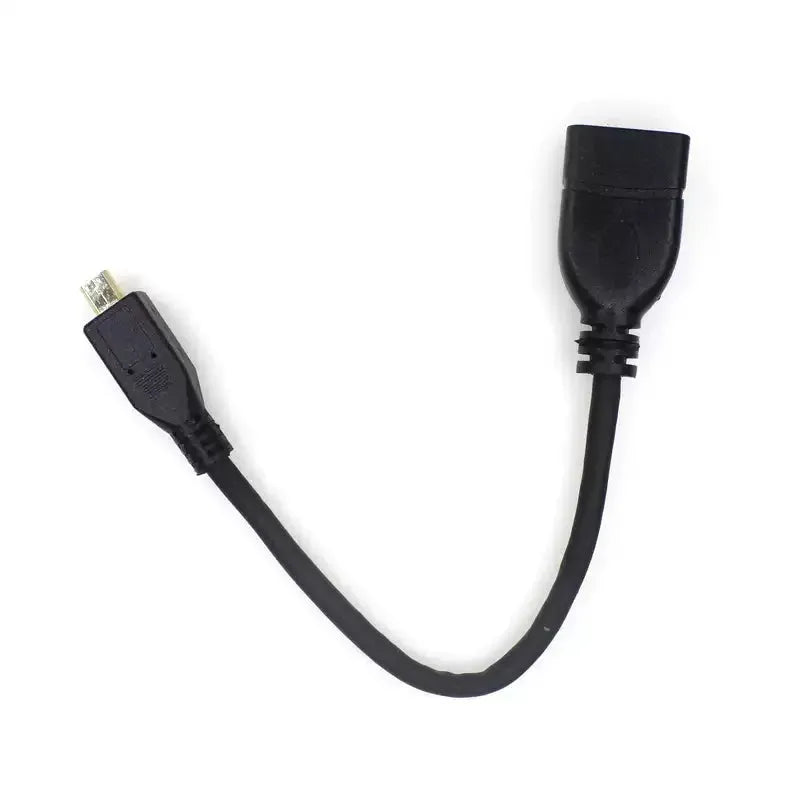


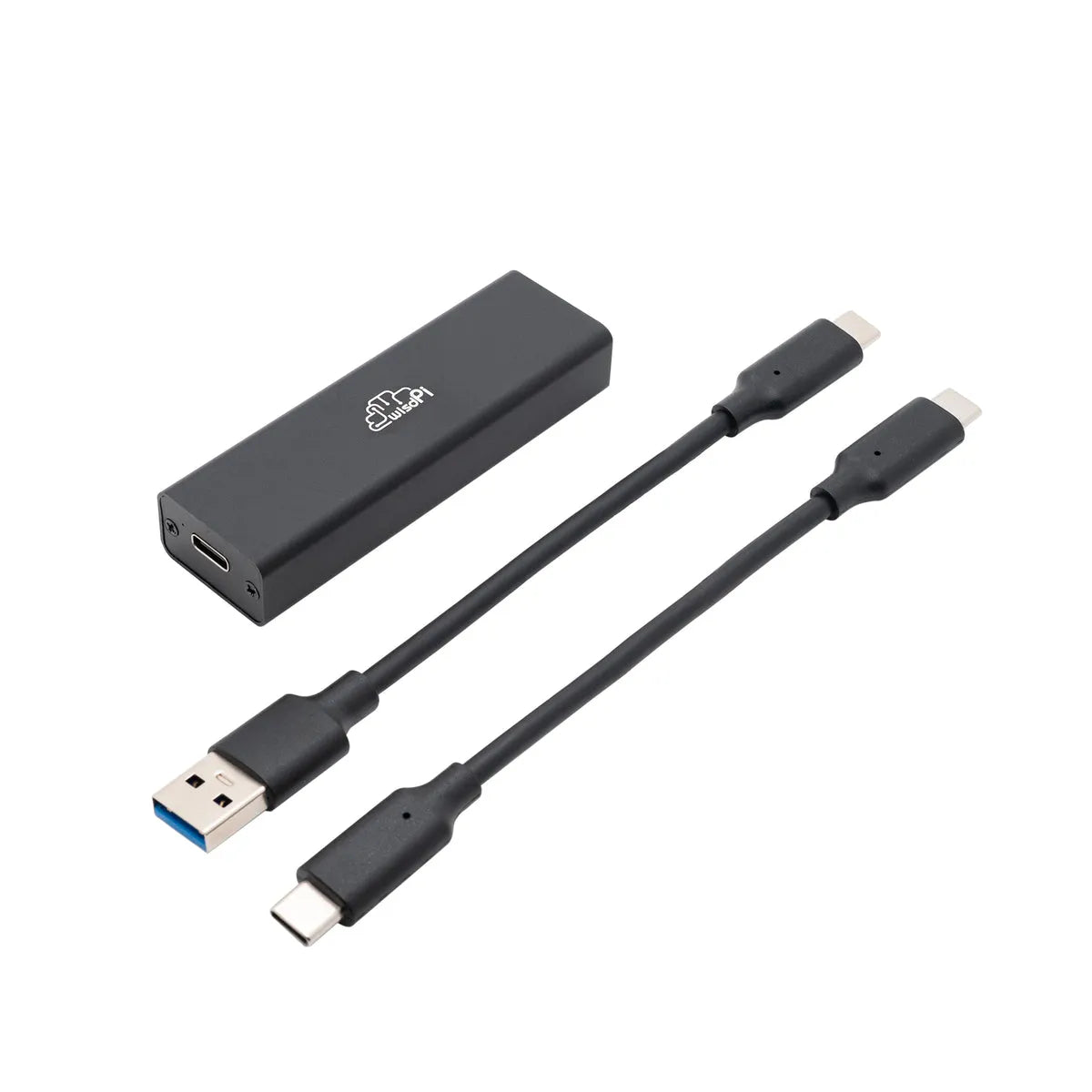


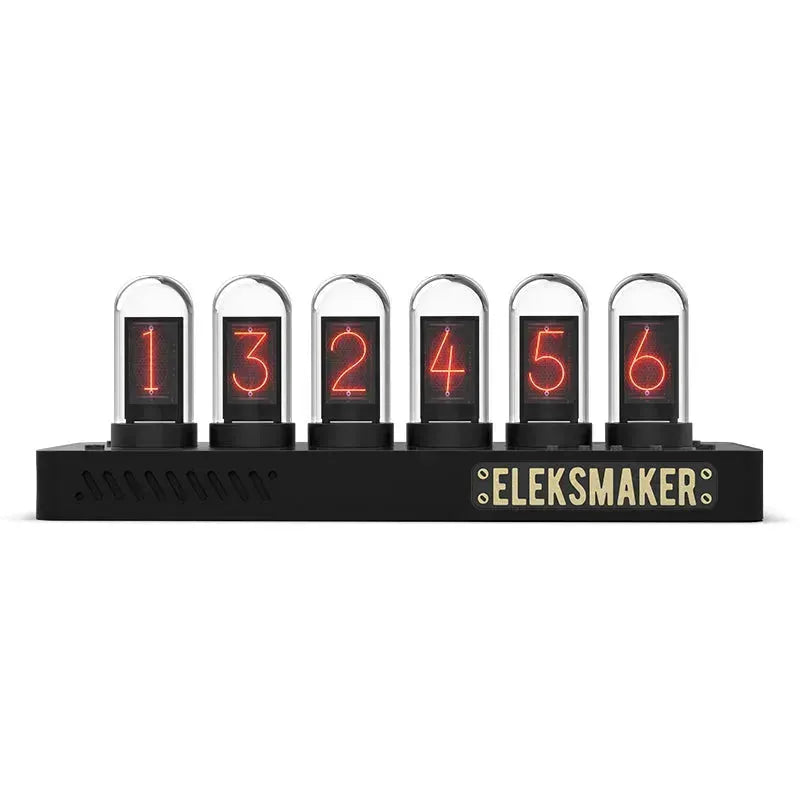

1 comment
Tim M
A decent comparison! I’m less familiar with Arduino/ESP32. Didn’t realize how much beefier the ESP32 processor is.
Worth updating for the Pico 2 (RP2350). Also even for the OG Pico, worth noting there is a “W” version available that includes BT+Wifi builtin for a couple bucks more, so a pre-rolled wireless option exists in the same package size. And that it now technically supports added PSRAM if needing a RAM boost.